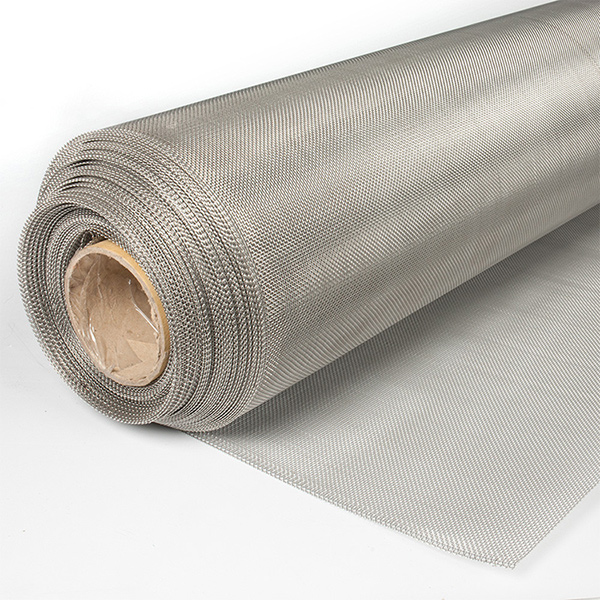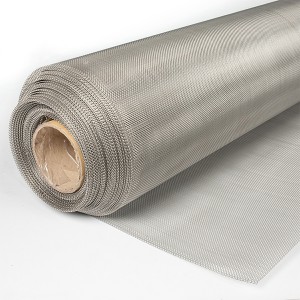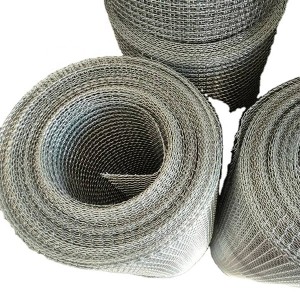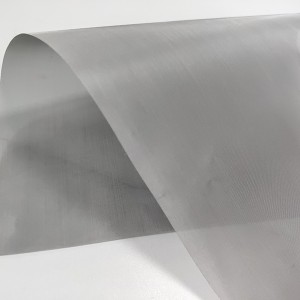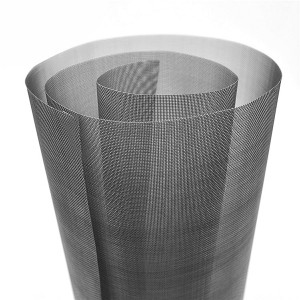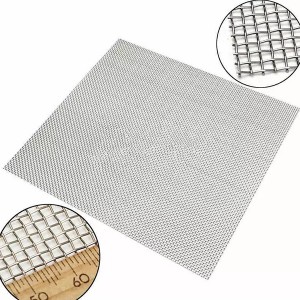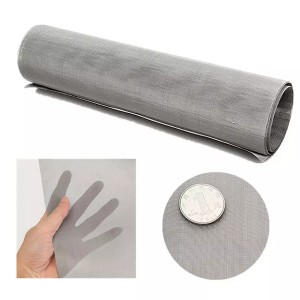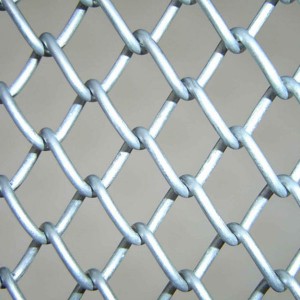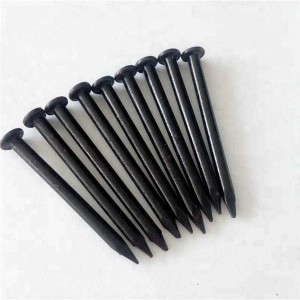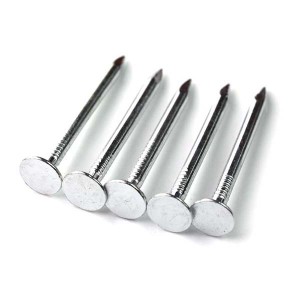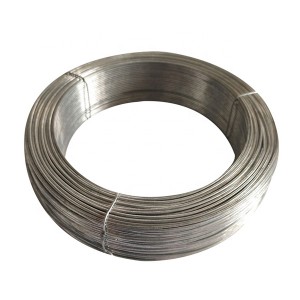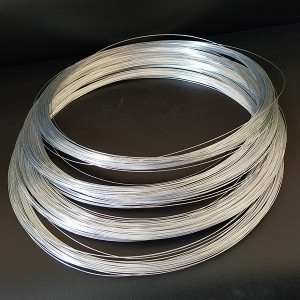Stainless Steel Wire Mesh
Stainless Steel Wire Mesh is one of the most popular wire mesh . Stainless steel is used in wire mesh where both the properties of steel and resistance to staining and corrosion (by adding chromium, nickel and other metals) are required. The amounts of carbon, chromium, nickel, and other metals affect other characteristics including corrosion resistance, and ease of welding and forming.which has earned us a huge clientele and highly regarded for being made from superior quality of stainless steel. It is dimensionally accurate and meant for decreasing the down time of filtration considerably, owing to its mesh size. Our product is in sync with the prevalent market trends.
Features:
Useful for cement industries
Useful for stone crushing industries
Durable
These are offered in meshes ranging from 1 to 600 and are used in filtering, shifting and grading of chemicals, sugar graders, powders, minerals, and pigments.
Material: AISI302, 304,316,316L,310S,410,430,904L,2205,2507,etc

